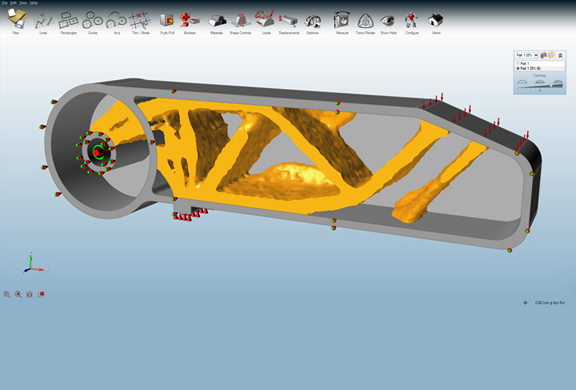
Xie, Y., Tao, D., Zhang, W., Liu, Y., Zhang, L., Qu, Y.: On unifying multi-view self-representations for clustering by tensor multi-rank minimization. Hao, N., Kilmer, M.E., Braman, K., Hoover, R.C.: Facial recognition using tensor decompositions. Semerci, O., Hao, N., Kilmer, M.E., Miller, E.L.: Tensor-based formulation and nuclear norm regularization for multienergy computed tomography. 27, 1152–1163 (2018)īaburaj, M., George, S.N.: Tensor based approach for inpainting of video containing sparse text. Zhou, P., Lu, C., Lin, Z., Zhang, C.: Tensor factorization for low-rank tensor completion. Tarzanagh, D.A., Michailidis, G.: Fast randomized algorithms for t-product based tensor operations and decompositions with applications to imaging data. Soltani, S., Kilmer, M.E., Hansen, P.C.: A tensor-based dictionary learning approach to tomo-graphic image reconstruction. Martin, C.D., Shafer, R., Larue, B.: An order- \(p\) tensor factorization with applications in imaging.

Kilmer, M.E., Braman, K., Hao, N., Hoover, R.C.: Third-order tensors as operators on matrices: a theoretical and computational framework with applications in imaging. Khaleel, H.S., Sagheer, S.V.M., Baburaj, M., et al.: Denoising of rician corrupted 3D magnetic resonance images using tensor-SVD. Technical Report TR-2008-4, Tufts University, Department of Computer Science, October (2008) Kilmer, M.E., Martin, C.D., Perrone, L.: A third-order generalization of the matrix SVD as a product of third-order tensors. Experiments show that finding the global minimums of polynomials via the TSDP relaxation outperforms the traditional SDP relaxation for the test examples. Furthermore, we give several TSDP examples and especially some preliminary numerical results for two unconstrained polynomial optimization problems. In particular, analogue to the widely used semidefinite programming (SDP for short), we introduce the semidefinite programming over the space of third-order symmetric tensors (T-semidefinite programming or TSDP for short), and provide a way to solve the TSDP problem by converting it into an SDP problem in the complex domain.

After that, we extend many properties of positive semidefinite matrices to the case of third-order symmetric tensors. Inspired by an equivalent characterization of a twice continuously T-differentiable multi-variable real-valued function being convex, we present a definition of the T-positive semidefiniteness of third-order symmetric tensors. In this paper, we first introduce first-order and second-order T-derivatives for the multi-variable real-valued function with the tensor T-product. The T-product for third-order tensors has been used extensively in the literature.


 0 kommentar(er)
0 kommentar(er)
